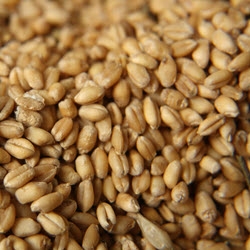Accountability and a comprehensive approach to export programming

WPI’s team helped construct a strategic approach to develop, implement, and track promotional activities in 8 key regions across the globe for an agricultural export association. With continued progress measurement and strategic advisory services from WPI, the association has seen its ROI from investments in promotional programming increase by 44 percent over the past 5 years. Not only does this type of holistic approach to organizational strategy provide measurable results to track and analyze, it fosters top-down and bottom-up organizational accountability.

 Bears were once again in charge of the CBOT on Wednesday, though they temporarily relinquished control of the corn market to bulls. Funds were aggressive sellers again in soybeans, soymeal, and wheat futures amid bearish fundamentals for each of the commodities and pushed wheat to a new contrac...
Bears were once again in charge of the CBOT on Wednesday, though they temporarily relinquished control of the corn market to bulls. Funds were aggressive sellers again in soybeans, soymeal, and wheat futures amid bearish fundamentals for each of the commodities and pushed wheat to a new contrac...
 Europe Pivot Point EU leaders will hold a very pivotal meeting tomorrow covering a range of issues including the use of Russian assets and security guarantees for Ukraine, and a trade agreement with Mercosur. More importantly, their reputations are at risk. President Trump predicts Europe&rsquo...
Europe Pivot Point EU leaders will hold a very pivotal meeting tomorrow covering a range of issues including the use of Russian assets and security guarantees for Ukraine, and a trade agreement with Mercosur. More importantly, their reputations are at risk. President Trump predicts Europe&rsquo...